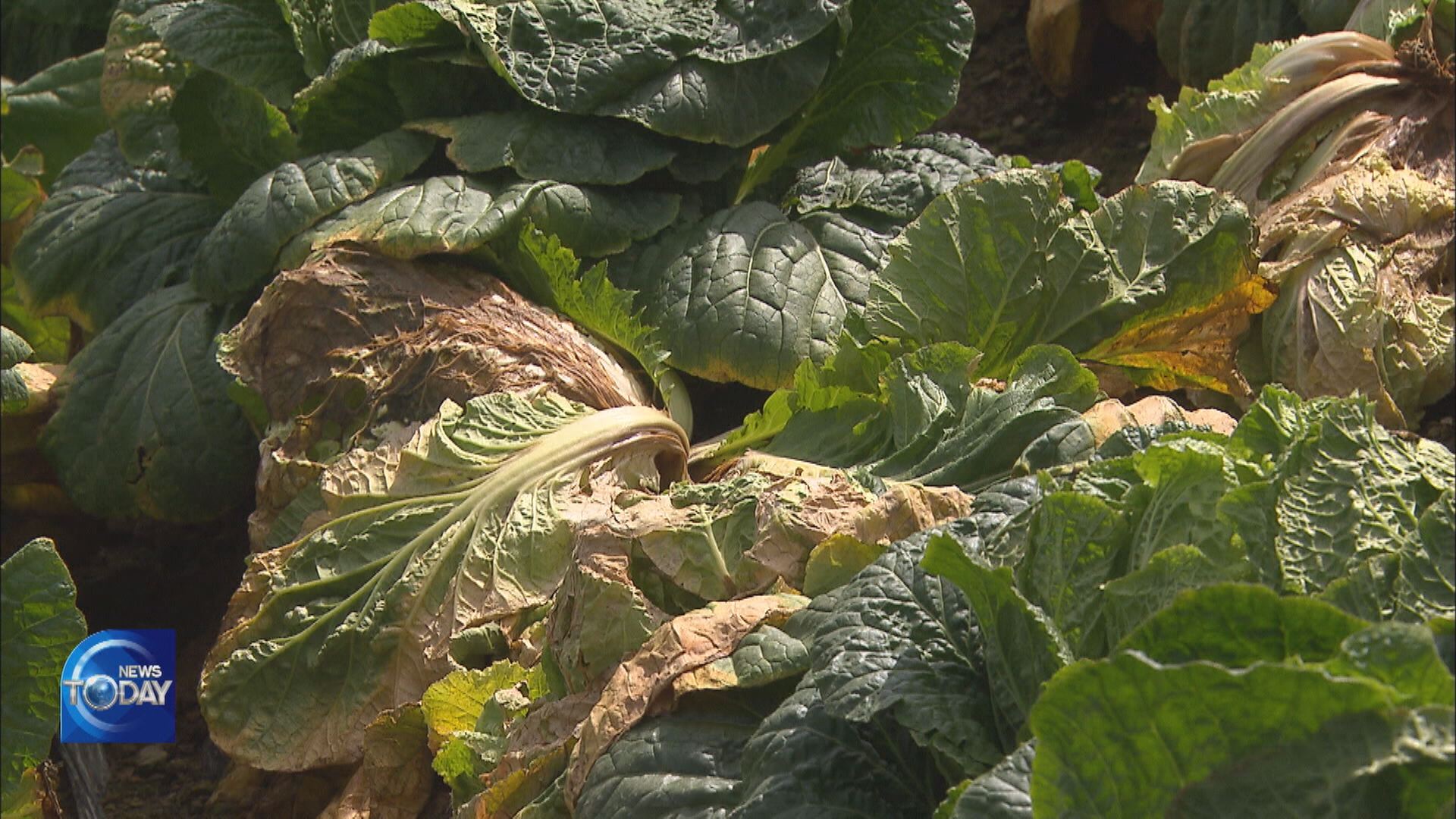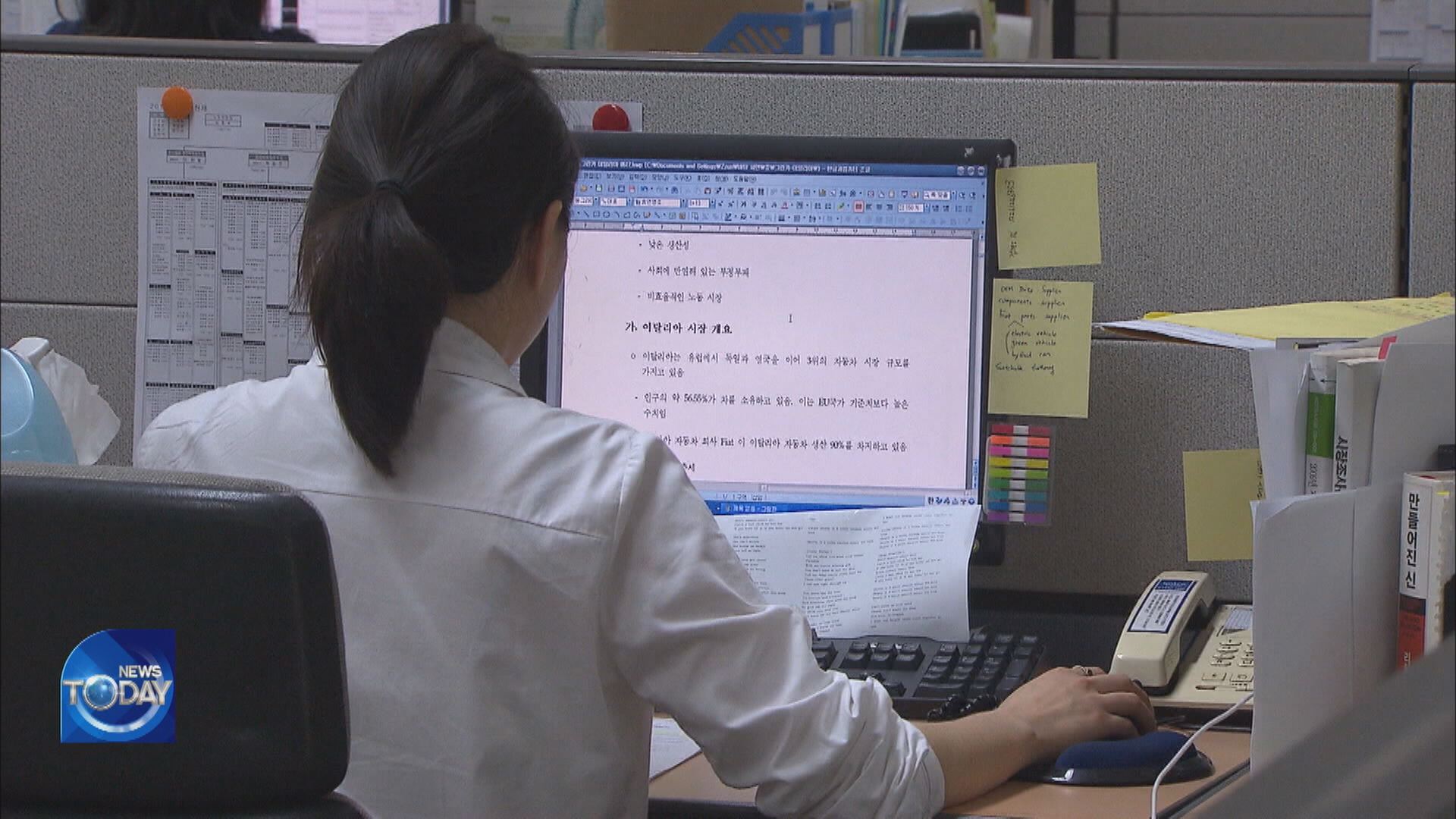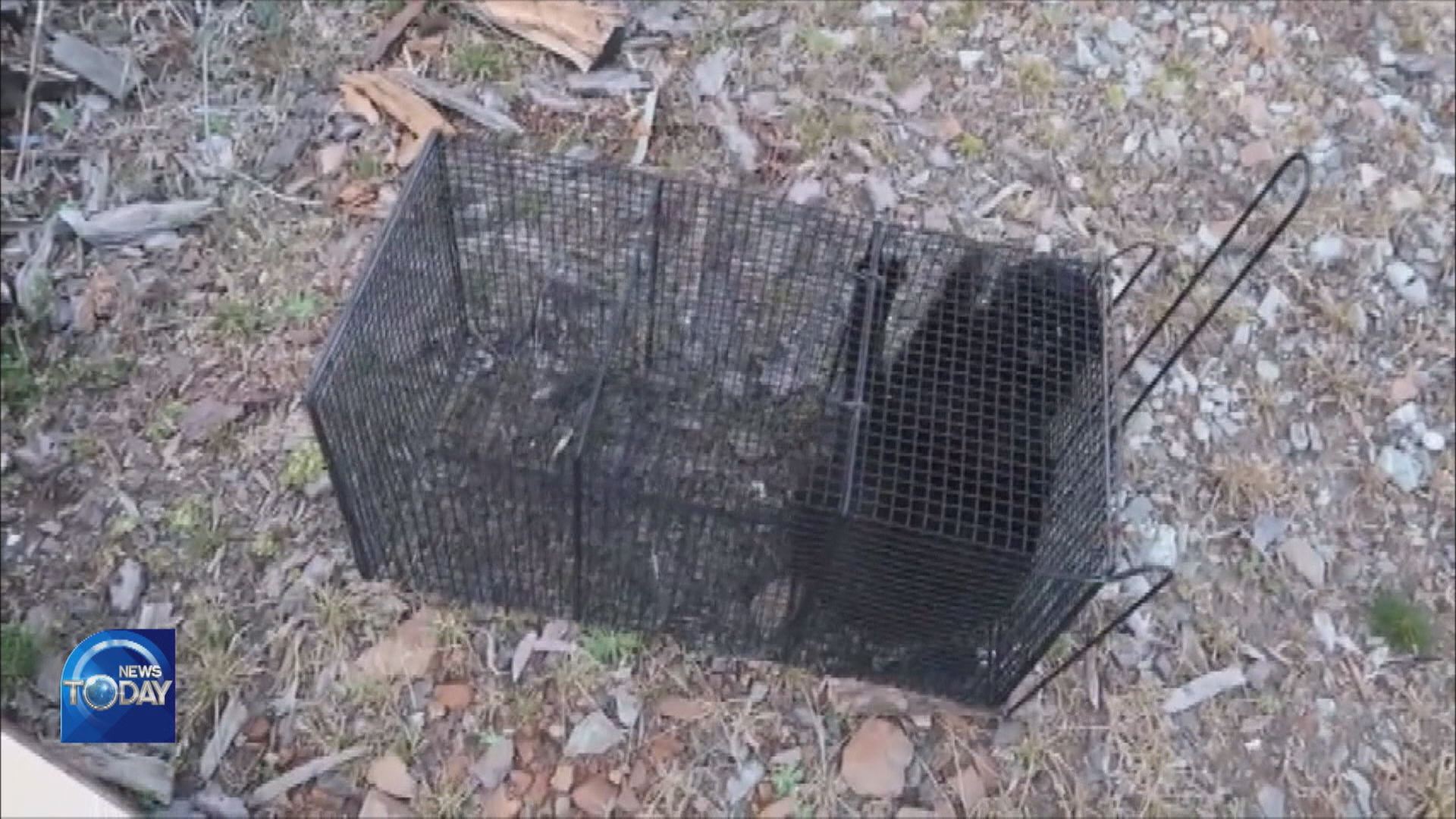CABBAGE FARMERS SUFFER AHEAD OF CHUSEOK
입력 2021.09.06 (15:26)
수정 2021.09.06 (16:46)
읽어주기 기능은 크롬기반의
브라우저에서만 사용하실 수 있습니다.
[Anchor Lead]
Pyeongchang in Gangwon-do Province is Korea’s main producer of highland cabbages. But cabbage farmers in Pyeongchang are seeing their hard work become futile as cabbages suffer tip burn and soft rot ahead of the Chuseok holiday.
[Pkg]
This napa cabbage field is located at 800 meters above sea level. Ordinarily, around this time of the year the field should be covered in a shade of deep green but this year, there are spots of dull yellow. Most of the cabbages are rotting. And the inside is empty. The inner-layers of the cabbage has gone bad. This effect is known as the“soft rot.” In contrast, some of the cabbage leaves have gone yellow and dried out from the outside. This was caused by bacterial soft rot.
[Soundbite] Yong Ho-jin(Gangwon-do Agricultural Research and Extension Services) : "This disease usually occurs when the cabbages mature inside. It kept raining and there wasn’t much sunlight at the time."
Twelve farms measuring 180,000 square meters in the Daegwallyeong area in Pyeongchang have reported damages from tip burn and soft rot. The area equals 25 football fields.
[Soundbite] Lim Byeong-cheol(Cabbage farmer) : "I don’t know why it keeps raining in autumn. It’s hard for us farmers to make a living."
Even worse, cabbage prices have plunged this year. Last month, 10 kilograms of napa cabbage fetched only 6,000 won at the place of production. That is only half the previous year’s price. Fallen consumption in restaurants and school meals caused by COVID-19 has driven down the cabbage consumption.
[Soundbite] Kim Seong-yong(Daegwallyeong Horticultural Co-op) : "The market couldn't function properly during the pandemic, so I figured it could cause a big problem."
Farmers stand to lose a lot of money, but their chances of compensation appear slim. They cannot expect any insurance benefits because poor harvest is not regarded as a natural disaster.
Pyeongchang in Gangwon-do Province is Korea’s main producer of highland cabbages. But cabbage farmers in Pyeongchang are seeing their hard work become futile as cabbages suffer tip burn and soft rot ahead of the Chuseok holiday.
[Pkg]
This napa cabbage field is located at 800 meters above sea level. Ordinarily, around this time of the year the field should be covered in a shade of deep green but this year, there are spots of dull yellow. Most of the cabbages are rotting. And the inside is empty. The inner-layers of the cabbage has gone bad. This effect is known as the“soft rot.” In contrast, some of the cabbage leaves have gone yellow and dried out from the outside. This was caused by bacterial soft rot.
[Soundbite] Yong Ho-jin(Gangwon-do Agricultural Research and Extension Services) : "This disease usually occurs when the cabbages mature inside. It kept raining and there wasn’t much sunlight at the time."
Twelve farms measuring 180,000 square meters in the Daegwallyeong area in Pyeongchang have reported damages from tip burn and soft rot. The area equals 25 football fields.
[Soundbite] Lim Byeong-cheol(Cabbage farmer) : "I don’t know why it keeps raining in autumn. It’s hard for us farmers to make a living."
Even worse, cabbage prices have plunged this year. Last month, 10 kilograms of napa cabbage fetched only 6,000 won at the place of production. That is only half the previous year’s price. Fallen consumption in restaurants and school meals caused by COVID-19 has driven down the cabbage consumption.
[Soundbite] Kim Seong-yong(Daegwallyeong Horticultural Co-op) : "The market couldn't function properly during the pandemic, so I figured it could cause a big problem."
Farmers stand to lose a lot of money, but their chances of compensation appear slim. They cannot expect any insurance benefits because poor harvest is not regarded as a natural disaster.
■ 제보하기
▷ 카카오톡 : 'KBS제보' 검색, 채널 추가
▷ 전화 : 02-781-1234, 4444
▷ 이메일 : kbs1234@kbs.co.kr
▷ 유튜브, 네이버, 카카오에서도 KBS뉴스를 구독해주세요!
- CABBAGE FARMERS SUFFER AHEAD OF CHUSEOK
-
- 입력 2021-09-06 15:26:20
- 수정2021-09-06 16:46:28

[Anchor Lead]
Pyeongchang in Gangwon-do Province is Korea’s main producer of highland cabbages. But cabbage farmers in Pyeongchang are seeing their hard work become futile as cabbages suffer tip burn and soft rot ahead of the Chuseok holiday.
[Pkg]
This napa cabbage field is located at 800 meters above sea level. Ordinarily, around this time of the year the field should be covered in a shade of deep green but this year, there are spots of dull yellow. Most of the cabbages are rotting. And the inside is empty. The inner-layers of the cabbage has gone bad. This effect is known as the“soft rot.” In contrast, some of the cabbage leaves have gone yellow and dried out from the outside. This was caused by bacterial soft rot.
[Soundbite] Yong Ho-jin(Gangwon-do Agricultural Research and Extension Services) : "This disease usually occurs when the cabbages mature inside. It kept raining and there wasn’t much sunlight at the time."
Twelve farms measuring 180,000 square meters in the Daegwallyeong area in Pyeongchang have reported damages from tip burn and soft rot. The area equals 25 football fields.
[Soundbite] Lim Byeong-cheol(Cabbage farmer) : "I don’t know why it keeps raining in autumn. It’s hard for us farmers to make a living."
Even worse, cabbage prices have plunged this year. Last month, 10 kilograms of napa cabbage fetched only 6,000 won at the place of production. That is only half the previous year’s price. Fallen consumption in restaurants and school meals caused by COVID-19 has driven down the cabbage consumption.
[Soundbite] Kim Seong-yong(Daegwallyeong Horticultural Co-op) : "The market couldn't function properly during the pandemic, so I figured it could cause a big problem."
Farmers stand to lose a lot of money, but their chances of compensation appear slim. They cannot expect any insurance benefits because poor harvest is not regarded as a natural disaster.
Pyeongchang in Gangwon-do Province is Korea’s main producer of highland cabbages. But cabbage farmers in Pyeongchang are seeing their hard work become futile as cabbages suffer tip burn and soft rot ahead of the Chuseok holiday.
[Pkg]
This napa cabbage field is located at 800 meters above sea level. Ordinarily, around this time of the year the field should be covered in a shade of deep green but this year, there are spots of dull yellow. Most of the cabbages are rotting. And the inside is empty. The inner-layers of the cabbage has gone bad. This effect is known as the“soft rot.” In contrast, some of the cabbage leaves have gone yellow and dried out from the outside. This was caused by bacterial soft rot.
[Soundbite] Yong Ho-jin(Gangwon-do Agricultural Research and Extension Services) : "This disease usually occurs when the cabbages mature inside. It kept raining and there wasn’t much sunlight at the time."
Twelve farms measuring 180,000 square meters in the Daegwallyeong area in Pyeongchang have reported damages from tip burn and soft rot. The area equals 25 football fields.
[Soundbite] Lim Byeong-cheol(Cabbage farmer) : "I don’t know why it keeps raining in autumn. It’s hard for us farmers to make a living."
Even worse, cabbage prices have plunged this year. Last month, 10 kilograms of napa cabbage fetched only 6,000 won at the place of production. That is only half the previous year’s price. Fallen consumption in restaurants and school meals caused by COVID-19 has driven down the cabbage consumption.
[Soundbite] Kim Seong-yong(Daegwallyeong Horticultural Co-op) : "The market couldn't function properly during the pandemic, so I figured it could cause a big problem."
Farmers stand to lose a lot of money, but their chances of compensation appear slim. They cannot expect any insurance benefits because poor harvest is not regarded as a natural disaster.
이 기사가 좋으셨다면
-
좋아요
0
-
응원해요
0
-
후속 원해요
0

















이 기사에 대한 의견을 남겨주세요.